Where to see Frank Lloyd Wright’s masterpieces
Chicago is home to treasured works by the legendary architect and these are open to the public.
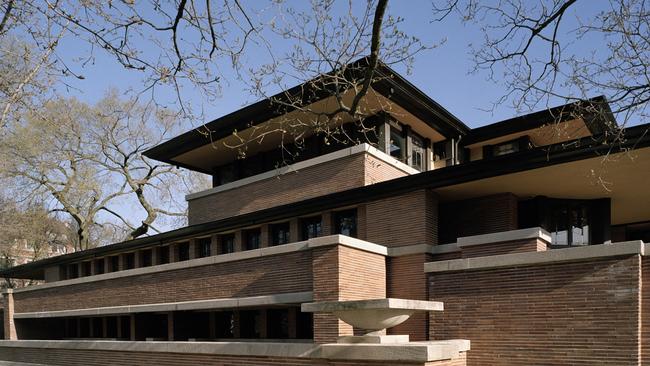
Chicago is home to treasured works by legendary architect Frank Lloyd Wright and these ones are open to the public.
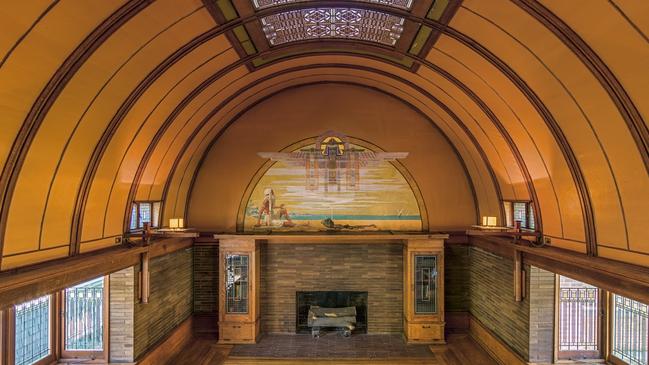
1. Oak Park Home & Studio
In 1889, Frank Lloyd Wright designed his family home in Chicago’s developing suburb of Oak Park. With complete creative control, 22-year-old Wright built a house that changed the course of American architecture. Behind the triangular shingled gables and dark brick walls are barrel-shaped, vaulted ceilings and skylights with timber grills bearing flora motifs, often in the shape of ginkgo leaves.
Tall, polygonal bay windows with lavish leadlight glass bring nature into the room. A built-in fireplace is crowned with a mural of the Fisherman and the Jinni from One Thousand and One Nights. Glass and wooden motifs of Egyptian scarab beetles and Japanese blossoms soften Wright’s angular aesthetic.
In 1898 Wright added his studio to the property. The long horizontal extension is filled with drafting desks designed by him, casts of sculptures, Japanese prints, and collected art works from the English Arts and Crafts Movement. The garden was planted with his beloved, if seasonally stinky, ginkgo tree. Wright’s studio foreshadowed his development of the Prairie house style, which became America’s first unique residential design.
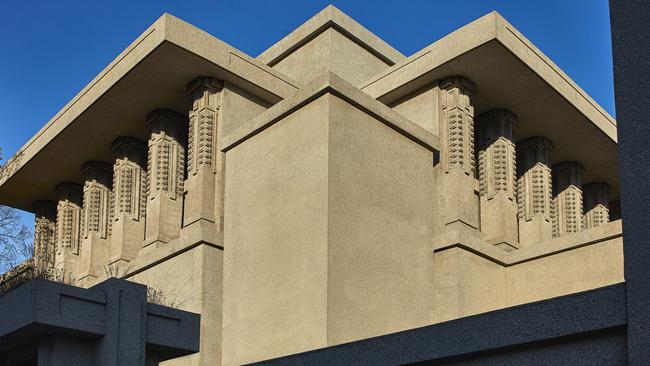
2. Unity Temple
In 1905, Oak Park’s gothic revival Unity church was destroyed by lightning. To replace it, Wright designed a concrete edifice using pioneering “pour-in-place” construction. As his first public building, the temple is UNESCO World Heritage listed.
Breaking spectacularly with traditional ecclesiastic design, Unity Temple has walls of impenetrable proportions in two distinct sections – one for worship and the other for social gatherings.
A band of high windows is the sole reference to religious design. The entrance is obscured on the side street of the corner block to great effect. Inside is a grand sanctuary of masterful geometric design in warm colours. Space dominates, with light flooding in through 25 squares of leadlight skylights in the flat ceiling.
Dedicated to the church in 1909, the congregation said in a prophetic statement: “We believe the building will long endure as a monument to artistic genius and that, so long as it endures, it will stand forth as a masterpiece of art and architecture.”
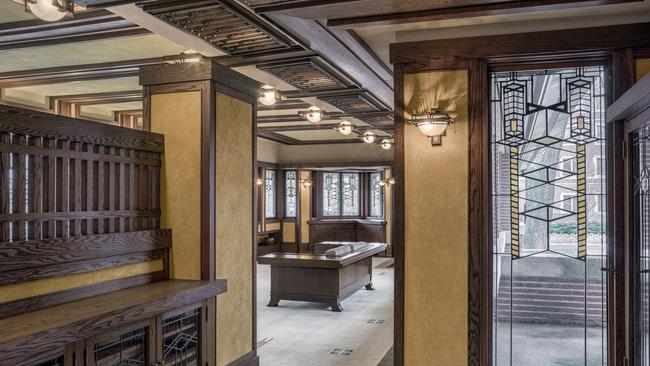
3. Robie House
Chicago’s inner suburb of Hyde Park is home to Robie House, which is one of Wright’s finest examples of mature Prairie design. Features include long horizontal lines, stained-glass windows – just enough to allow light in but not the cold – with balconies under overhanging eaves and cantilevered roofs.
Terraces are used to merge the interiors with the outside world. The open-plan approach, with the living and dining rooms separated by a chimney, feels decidedly 21st century.
Glass doors and windows have flattened, diamond-shaped leadlight windows with floral forms that aim to blur the lines between the built form and nature. Robie House was finished in 1910, when Wright returned from working in Europe. It marked the end of the Prairie style as he progressed to explore new concepts.
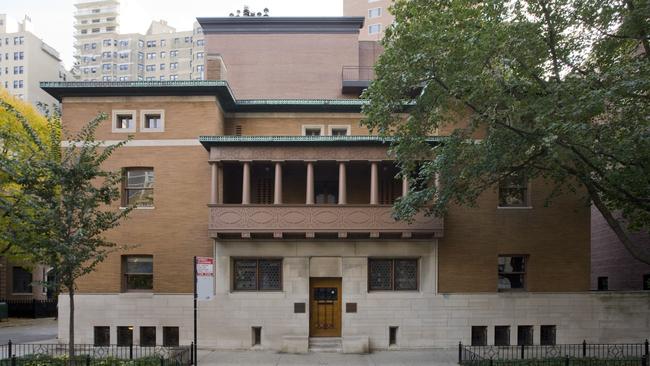
4. Charnley-Persky House Museum
To understand Wright’s architectural development, the Charnley-Persky House Museum on Chicago’s Gold Coast is key. Designed in 1891 by Wright’s mentor and storied architect Louis Sullivan, the young protege collaborated on the project.
Sullivan’s sinuous decorative style is undeniably underpinned with Wright’s geometric variations of the theme.
The house, extraordinary for its time, is where traditional Victorian detail was abandoned for sleek modernism and abstract form.
The unadorned external walls are symmetrical, with a flat roof and an ornate wooden balcony. Inside, light-filled rooms are trimmed in hand-carved wood, built-in bookshelves, and a rose marble fireplace – a style that marked Wright for 20 years. This National Historic Landmark foretells of the Art Deco era that was 30 years into the future.
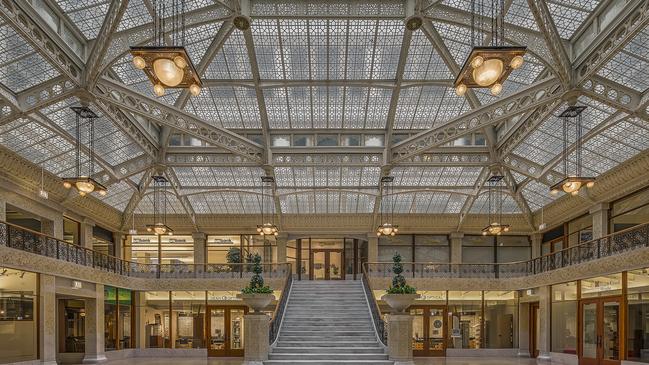
5. The Rookery
In downtown Chicago, The Rookery is an elegant 12-level tower that was launched as the world’s tallest building in 1889, when electric power was in its infancy. Wright remodelled the two-storey lobby – or Light Court – in 1905.
He encased iron columns in white Carrara marble etched in gold. A reverie of Persian design and arabesque devices creates what is possibly Wright’s most luxurious interior. Bronze chandeliers with prismed glass hemispheres flanked by smaller globes hang on patterned square iron plates from the elaborate glass and iron ceiling.
A palatial public staircase with geometric-patterned, iron balustrades connects the lobby to the first floor where a smaller staircase splits into two, leading to an exquisite, shell-like oriel iteration servicing upper levels.

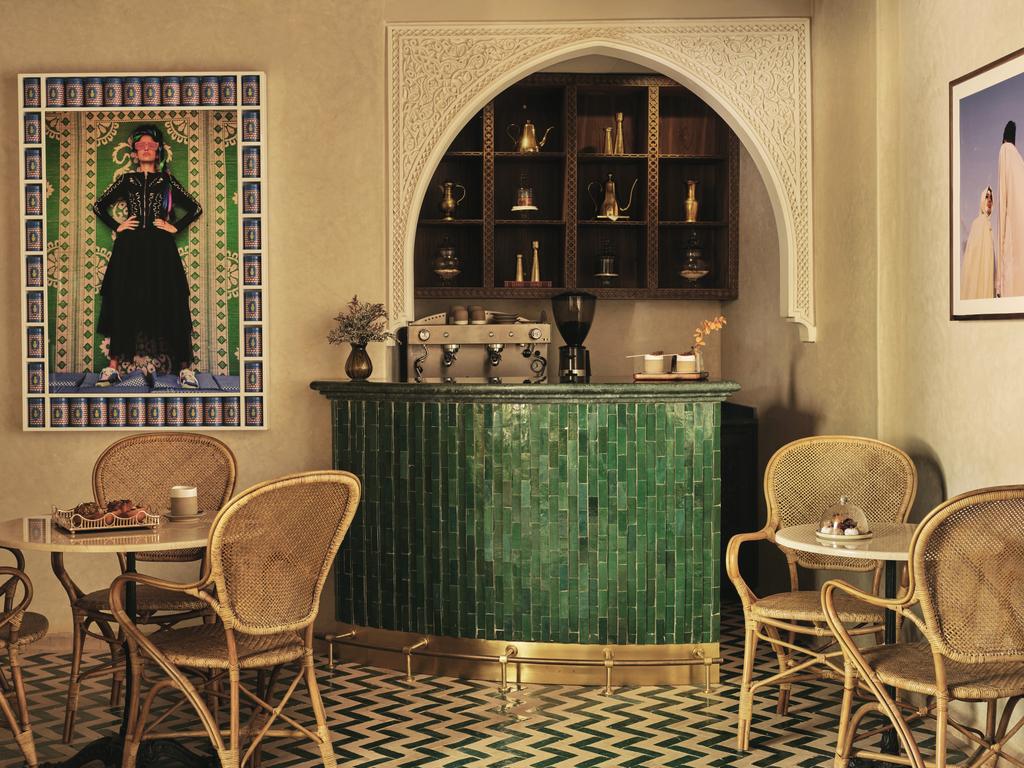

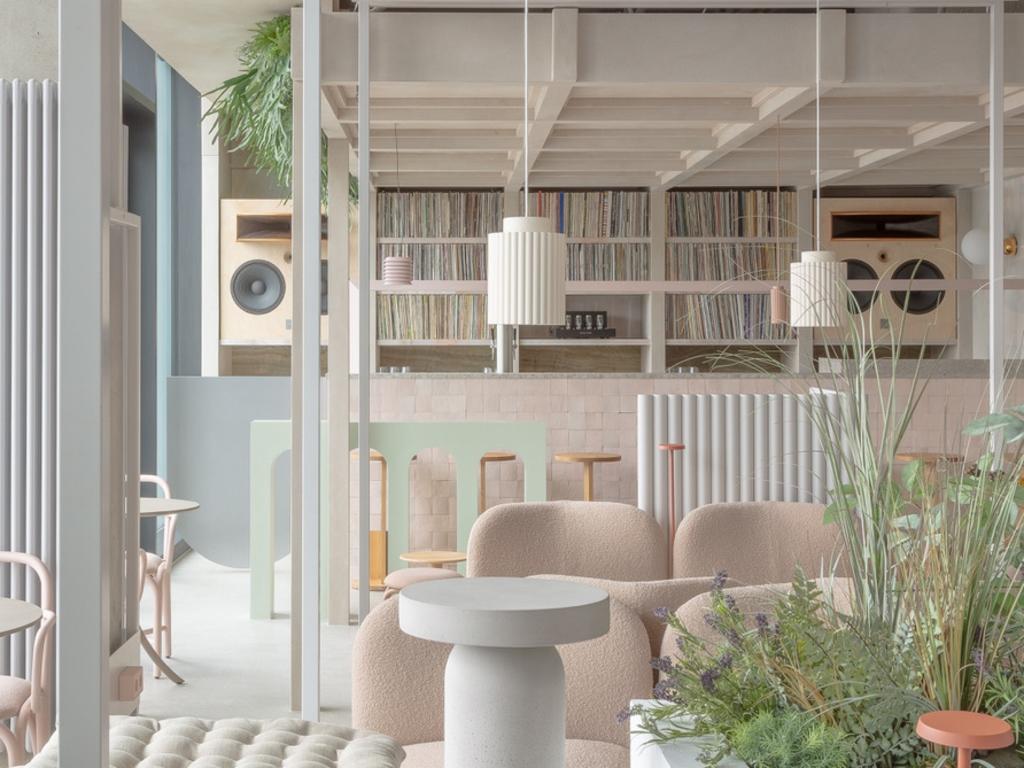
To join the conversation, please log in. Don't have an account? Register
Join the conversation, you are commenting as Logout